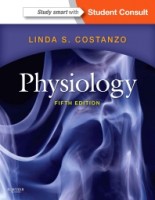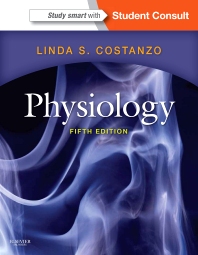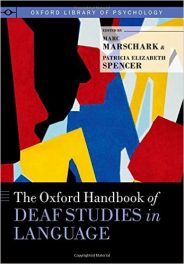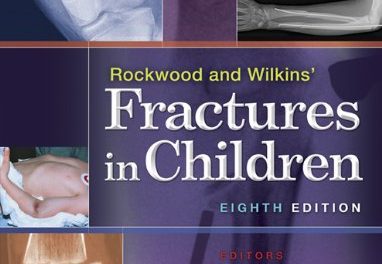 Author: Linda S. Costanzo, PhD.
Author: Linda S. Costanzo, PhD.
Publisher: Elsevier Saunders – 502 pages
Book Review by: Nano Khilnani
You can study smart with Student Consult. Go to the inside front page of this textbook, scratch off the sticker and get the Access Code. Then, go and register and activate this title at www.StudentConsult.com.Once you have done this, you can:
• Access the full text online
• Download images
• Add your own notes and book marks
• Search across all the Student Consult resources online all in one place.
This book is intended for medical students as well as those in fields related to physiology. Physiology, like anatomy, is a basic subject in medicine. It is the foundation of medical practice and a firm grasp of the principles in physiology is essential to the medical student and practicing physician, the author states at the outset of this book in her Preface.
This book presents core concepts in physiology and also functions as a review guide for the United States Medical Licensing Exam (USMLE) Step 1.
The material in this book is laid out in 10 chapters. The first two chapters respectively present and discuss the underlying principles in cellular physiology and the autonomic nervous system. The other seven chapters deal with the major organ systems in the human body. To give you an overview, these are the 10 chapters:
1. Cellular Physiology
2. Autonomic Nervous System
3. Neurophysiology
4. Cardiovascular Physiology
5. Respiratory Physiology
6. Renal Physiology
7. Acid-Base Physiology
8. Gastrointestinal Physiology
9. Endocrine Physiology
10. Reproductive Physiology
Two appendices at the end of this book present to you common abbreviations and symbols, and normal values and constants, respectively, in physiology. A Challenge Yourself section follows them, which reveals the answers to questions asked at the end of each chapter.
You can benefit from this book in five specific ways:
• Master the latest physiology concepts
• Reinforce your understanding of the key content
• Build a strong understanding of the underlying principles of cellular physiology, neurophysiology, and acid-base balance, as well as of the autonomic, cardiovascular, endocrine, gastrointestinal, nervous, renal, reproductive, and respiratory organ systems
• Appreciate connections to pathophysiology through boxed Clinical Physiology Cases
• Access the entire contents online at Student Consult, including eight animations, an Ask the Author section, FAQs.
The organization and presentation of material in the chapters in text and graphics is superb. The chapters are separated with colored tabs at the top edge of the book.
Each chapter starts with a brief overview of the subject covered in it and a table containing the main topics to be discussed therein.
Each topic is then presented and discussed, with a lot of subtopics breaking down the material for easier absorption by you the student. Colored figures, tables and other means are used to present data.
Equations and sample problems are presented to you throughout the chapters, with the terms and the units in them defined. Complete numerical solutions and explanations follow the sample problems. These guide you through the steps for reasoning and correct solutions, enabling you to acquire the confidence and skills you will need in future practice.
A Summary is presented at the end of each chapter, along with a Challenge Yourself section that asks you questions, to test what you learned. You will find the answers to these questions at the end of the book, but don’t peek before trying to figure out the answer!
This is an essential book for students of medicine and related disciplines. It is comprehensive and very user-friendly.
Linda S. Costanzo, PhD is professor of physiology and biophysics at Virginia Commonwealth University School of Medicine in Richmond Virginia.







